The Beauty of Terrariums: DIY Guide
Welcome to the enchanting world of terrariums! These miniature gardens encapsulate the beauty of nature within a glass container, offering a unique way to bring a bit of greenery into your home. Whether you’re a seasoned gardener or a complete novice, creating your own terrarium can be an incredibly rewarding experience. Imagine crafting a tiny ecosystem that thrives under your care, where the lush greenery and vibrant colors dance in harmony. In this guide, we’ll explore the ins and outs of terrarium creation, from choosing the right container to selecting the perfect plants and maintaining your little green paradise. So, roll up your sleeves and get ready to dive into this captivating DIY project!
A terrarium is essentially a miniature garden housed within a transparent container, often made of glass. This delightful concept dates back to the 19th century when botanist Nathaniel Bagshaw Ward discovered that plants could thrive in sealed glass jars. Today, terrariums come in various shapes and sizes, each offering a unique opportunity to create a self-sustaining ecosystem. They can be categorized into two main types: open and closed terrariums. Open terrariums are ideal for plants that prefer drier conditions, while closed terrariums create a humid environment, perfect for moisture-loving plants.
When embarking on your terrarium journey, selecting the right container is crucial for your success. The container not only houses your plants but also influences their growth and overall health. You can opt for various options, including glass jars, bowls, or even specialized terrarium kits. Each choice comes with its own set of benefits and challenges. For instance, glass containers provide excellent visibility and aesthetics, while plastic options may offer durability and lightweight convenience. It’s essential to consider factors like size, shape, and material when choosing your container.
There are two primary types of terrarium designs: open and closed. Open terrariums are great for plants like succulents and cacti that thrive in drier conditions. These designs allow for better air circulation and prevent excess moisture build-up. On the other hand, closed terrariums create a self-contained environment that retains humidity, making them perfect for ferns, mosses, and tropical plants. Each type has its own aesthetic appeal and care requirements, so choose wisely based on the plants you wish to cultivate.
When it comes to choosing between glass and plastic containers, both have their pros and cons. Glass containers are visually stunning and allow for a clear view of your mini-garden. However, they can be fragile and may require more careful handling. On the other hand, plastic containers are lightweight and less likely to break, making them a practical choice for those with kids or pets. Ultimately, your choice should align with your personal style and the level of care you’re willing to invest in your terrarium.
Size matters when it comes to terrariums! A larger container allows for more plants and a more diverse ecosystem, while a smaller one can be a charming focal point on your desk or shelf. However, keep in mind that larger containers may require more maintenance and care. Additionally, the size of your container will dictate the types of plants you can include. Some plants, like ferns, need more space to grow, while others, like succulents, can thrive in tighter quarters. So, think about your available space and the plants you love before making a decision!
Once you've selected your container, the next step is preparing the base of your terrarium. This is where the magic begins! Start with a drainage layer at the bottom to prevent water from accumulating and causing root rot. You can use small stones or gravel for this purpose. Next, add a layer of activated charcoal to keep the environment fresh and free from odors. Finally, top it off with a quality potting soil that suits your chosen plants. The layering process is essential for creating a healthy, thriving ecosystem within your terrarium.
The heart and soul of your terrarium are undoubtedly the plants you choose. Selecting the right plants is critical for a successful terrarium. Consider options like ferns, succulents, and mosses, which are all popular choices. Each plant type has its own care requirements, so understanding their needs is vital. For instance, succulents thrive in bright light and require well-draining soil, while ferns prefer shadier, more humid conditions. By choosing plants that complement each other, you can create a harmonious and thriving ecosystem.
When selecting plants for your terrarium, it’s essential to consider their light requirements. Low-light plants such as ferns and snake plants are perfect for darker corners of your home, while bright-light plants like succulents and cacti thrive in sunny spots. Understanding these differences will help you create an environment where your plants can flourish. It’s like choosing the right outfit for the weather—selecting the appropriate plants for their light conditions is key to a thriving terrarium!
Just like people, plants have their own personalities and preferences! Understanding plant compatibility is crucial for ensuring your terrarium thrives. Pairing plants with similar care requirements will create a balanced ecosystem. For example, mixing succulents with ferns may lead to disaster, as succulents prefer drier conditions while ferns love humidity. Take the time to research and choose plants that can coexist harmoniously, and your terrarium will flourish!
Regular maintenance is key to keeping your terrarium healthy and vibrant. This involves monitoring watering needs, pruning overgrown plants, and managing any pesky pests that may invade your mini-garden. A well-maintained terrarium not only looks great but also creates a sustainable environment for your plants. With a little love and attention, your terrarium can thrive for years!
Watering a terrarium can be a bit tricky, as too much or too little can lead to problems. A good rule of thumb is to check the moisture level of the soil before watering. If the top layer feels dry, it’s time to give your plants a drink. Remember, terrariums have a closed environment, so they retain moisture well. Keep an eye out for signs of overwatering, such as yellowing leaves or a musty smell, and adjust your watering schedule accordingly.
Even the most carefully curated terrarium can face pest issues. Common pests like aphids and spider mites can wreak havoc on your plants. Regularly inspect your terrarium for any signs of infestation, and if you spot any, address the problem promptly. You can use natural remedies like neem oil or insecticidal soap to manage pests without harming your plants. Remember, prevention is always better than cure, so maintaining a clean environment will help keep those pesky critters at bay!
- How often should I water my terrarium? - It depends on the plants, but generally, once every 1-2 weeks is a good starting point.
- Can I use any type of container for a terrarium? - You can, but ensure it has some form of drainage and is suitable for the plants you choose.
- Do I need to fertilize my terrarium plants? - Occasionally, yes! A diluted liquid fertilizer can be beneficial, but be cautious not to overdo it.
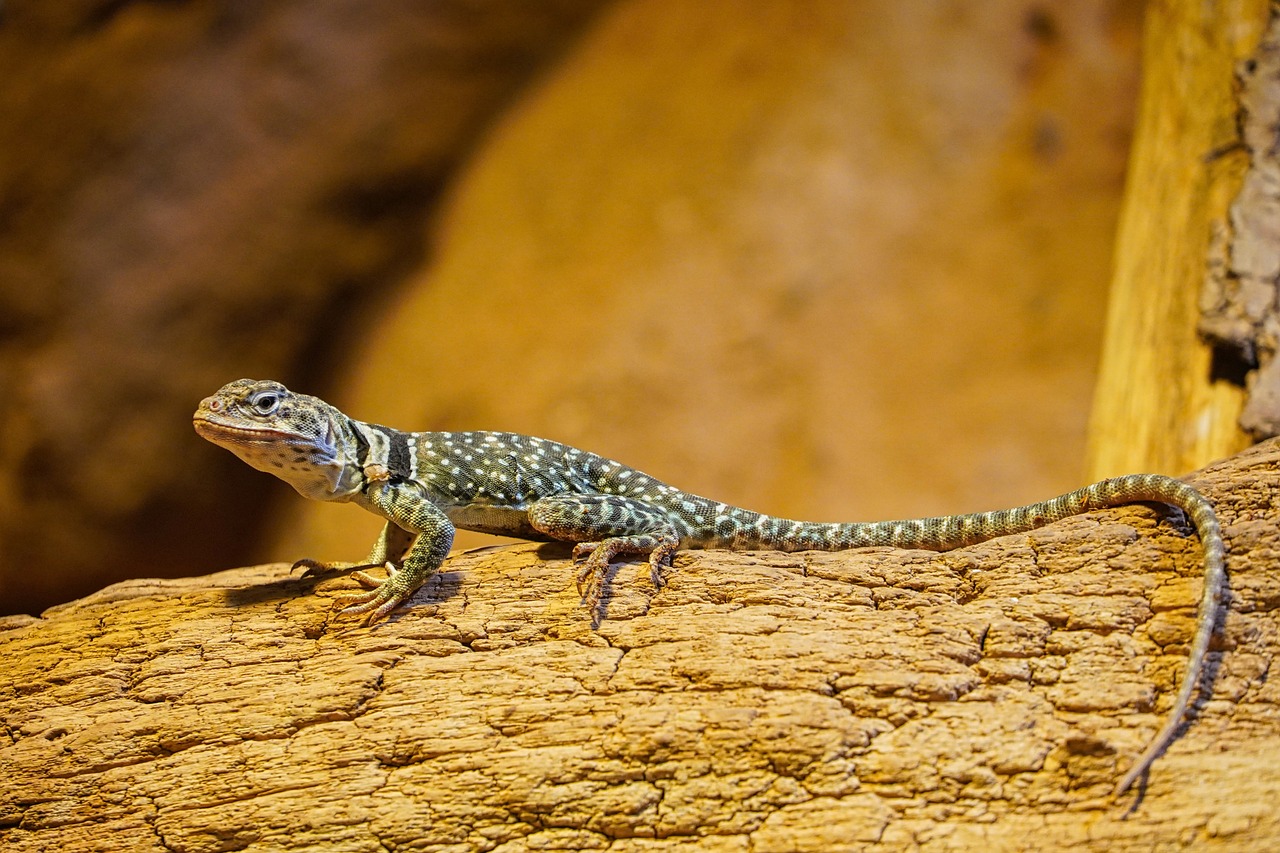
What is a Terrarium?
A terrarium is more than just a glass container filled with plants; it's a miniature ecosystem that brings a touch of nature into your home. Imagine a tiny world where plants thrive, soil interacts with moisture, and light dances through the glass, creating a serene environment right on your tabletop. The concept of terrariums dates back to the early 19th century, when they were first introduced as a way to transport and display exotic plants. Since then, they have evolved into a popular hobby for many green thumbs and nature enthusiasts alike.
At its core, a terrarium is a self-sustaining environment that mimics the natural conditions required for plant growth. This means that once established, a terrarium can often thrive with minimal intervention. There are two main types of terrariums: open terrariums and closed terrariums. Open terrariums are typically used for plants that prefer drier conditions, such as succulents and cacti, while closed terrariums create a humid environment suitable for ferns and mosses. Each type has its own charm and challenges, making the selection of plants and container type crucial to your success.
When you look closely, you'll find that a terrarium is a living, breathing ecosystem. The plants within it work together with the soil, moisture, and air to create a balance. For instance, water evaporates from the soil and plants, condensing on the walls of the container and eventually dripping back down to nourish the roots. This cycle not only keeps the plants hydrated but also allows them to thrive without constant watering. It's like having a tiny rainforest right in your living room!
Creating a terrarium can be a fun and rewarding DIY project. You'll have the opportunity to choose the plants, design the layout, and personalize your little world. Plus, it serves as a great conversation starter when guests visit your home. So, whether you're a seasoned gardener or a complete novice, diving into the enchanting world of terrariums can be a delightful experience.
As you embark on your terrarium journey, remember that the beauty lies in its simplicity and the unique character of each creation. Every terrarium tells a story, and yours will be no different. So gather your materials, unleash your creativity, and let nature inspire you!
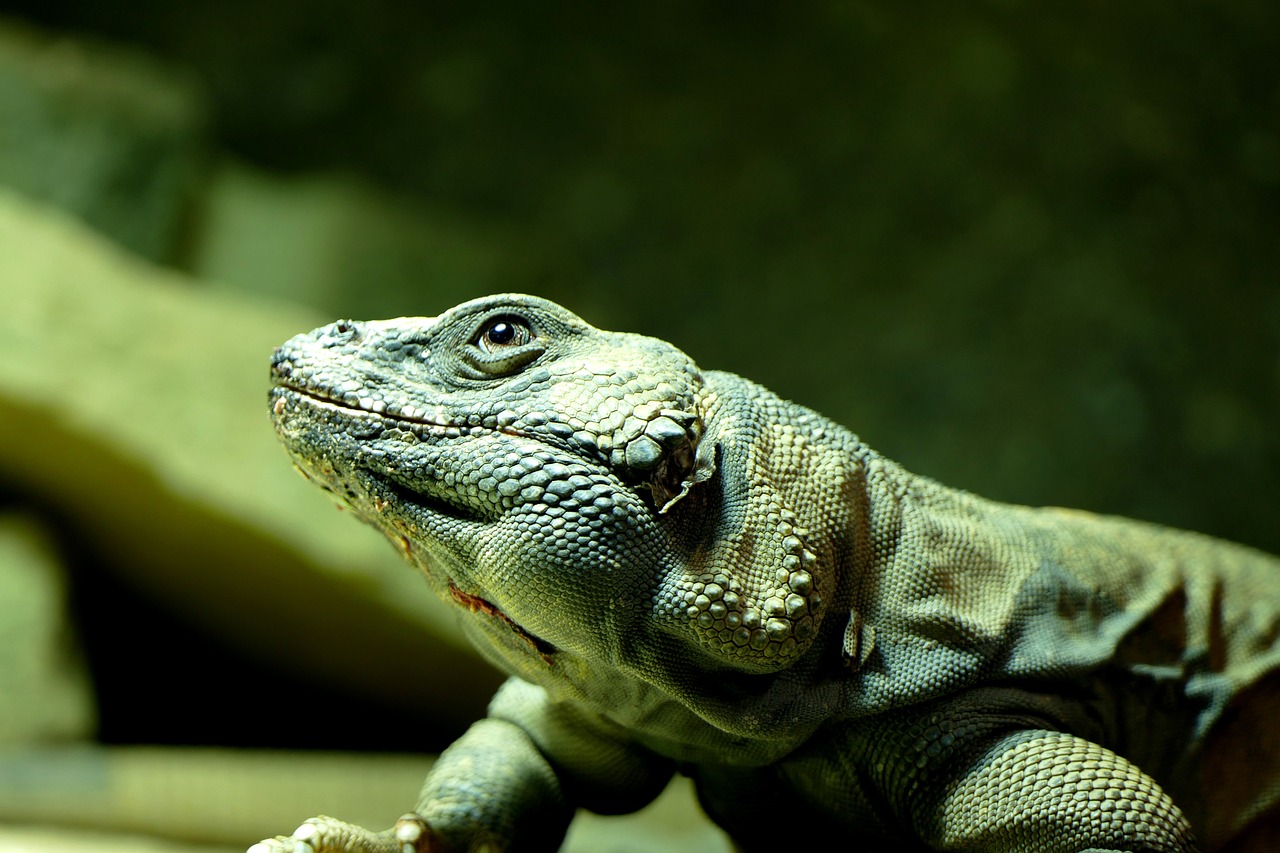
Choosing the Right Container
When it comes to creating your very own terrarium, one of the most critical decisions you'll make is . The container not only holds your miniature garden but also influences the overall aesthetic and health of your plants. Imagine it as the home for your green inhabitants; just like us, they need a comfortable and suitable space to thrive. So, what should you look for when selecting the perfect container? Let's dive into the details!
First off, you have a variety of options available, ranging from glass jars and bowls to specialized terrarium kits. Each type of container has its own unique benefits and drawbacks, which can significantly affect your terrarium's success. For instance, glass containers are popular due to their transparency, allowing you to admire your plants while also providing ample light. On the other hand, plastic containers are lighter and less fragile, making them a good choice for households with pets or children.
When exploring the types of containers, you’ll generally encounter two main designs: open and closed terrariums. An open terrarium is ideal for plants that thrive in lower humidity and require good air circulation, such as succulents and cacti. In contrast, a closed terrarium creates a mini greenhouse effect, trapping moisture and humidity, which is perfect for tropical plants like ferns. Understanding these differences is crucial, as it can dictate the types of plants you can successfully grow.
Now, let’s compare glass and plastic containers more closely. Glass containers are often praised for their aesthetic appeal, providing a sleek and sophisticated look that complements any decor. They also allow for better light penetration, which is essential for plant growth. However, they can be heavy and fragile. On the flip side, plastic containers are incredibly durable and lightweight, making them easier to move around. They are also less expensive, which is a significant factor if you plan to experiment with multiple terrariums.
Size matters when it comes to terrariums! A larger container allows for a more extensive selection of plants and can create a more dynamic ecosystem. However, be cautious; a big space can also lead to overwatering issues if you’re not careful. Smaller containers are easier to manage and can create a more intimate setting for your plants, but they limit your choices. It's essential to consider the types of plants you want to include and how much space they'll need to grow. Remember, the right size can mean the difference between a thriving garden and a struggling one.
In summary, choosing the right container for your terrarium is a vital step in your DIY journey. Whether you opt for glass or plastic, open or closed, the key is to ensure that it suits the needs of the plants you wish to cultivate. With the right container, you're one step closer to creating a beautiful and sustainable miniature garden that brings a touch of nature into your home!
- Can I use any type of container for my terrarium? - While you can use various containers, it's best to choose ones that allow for proper drainage and light penetration.
- Do I need a lid for my terrarium? - It depends on the plants you choose. Closed terrariums need a lid for humidity, while open ones do not.
- How do I know if my container is suitable? - Ensure it has enough space for your plants and allows for air circulation if required.

Types of Containers
When it comes to creating your own terrarium, the container you choose is more than just a vessel; it’s the stage where your miniature garden will flourish. The right container can enhance the aesthetic appeal of your terrarium while providing the best environment for your plants. There are two primary types of terrarium containers: open and closed. Each type has its own unique characteristics and benefits, which can significantly impact the growth and maintenance of your plants.
Open terrariums are typically more suitable for plants that thrive in drier conditions, such as succulents and cacti. These containers allow for better air circulation, which helps prevent mold and rot. An open design also gives you the freedom to create a more dynamic landscape, as you can easily rearrange plants and decorations without worrying about humidity levels. However, one downside is that you’ll need to water these plants more frequently since they can dry out faster than those in closed environments.
On the other hand, closed terrariums create a self-sustaining ecosystem that retains moisture, making them perfect for humidity-loving plants like ferns and mosses. The glass enclosure traps humidity, allowing the plants to recycle water through evaporation and condensation. This means less frequent watering for you! However, it’s essential to monitor the conditions within the closed container, as excess moisture can lead to mold growth or plant rot.
Here’s a quick comparison of the two types:
| Type | Best For | Watering Frequency | Air Circulation |
|---|---|---|---|
| Open Terrarium | Succulents, Cacti | More Frequent | High |
| Closed Terrarium | Ferns, Mosses | Less Frequent | Low |
Another critical factor to consider is the material of the container. Glass containers are the most popular choice for terrariums due to their aesthetic appeal and clarity, allowing you to showcase your plants beautifully. However, they can be fragile and require careful handling. Alternatively, plastic containers are lightweight and less likely to break, making them a practical choice for beginners or those with kids. While plastic may not offer the same visual charm as glass, it can still be effective for creating a thriving terrarium.
Ultimately, the choice of container will depend on the plants you want to include and the overall look you’re aiming for with your terrarium. Think about your personal style and the environment where the terrarium will be displayed. Will it be in a bright room or a shaded corner? This consideration will guide you in selecting the right type of container that aligns with your vision and the needs of your plants.
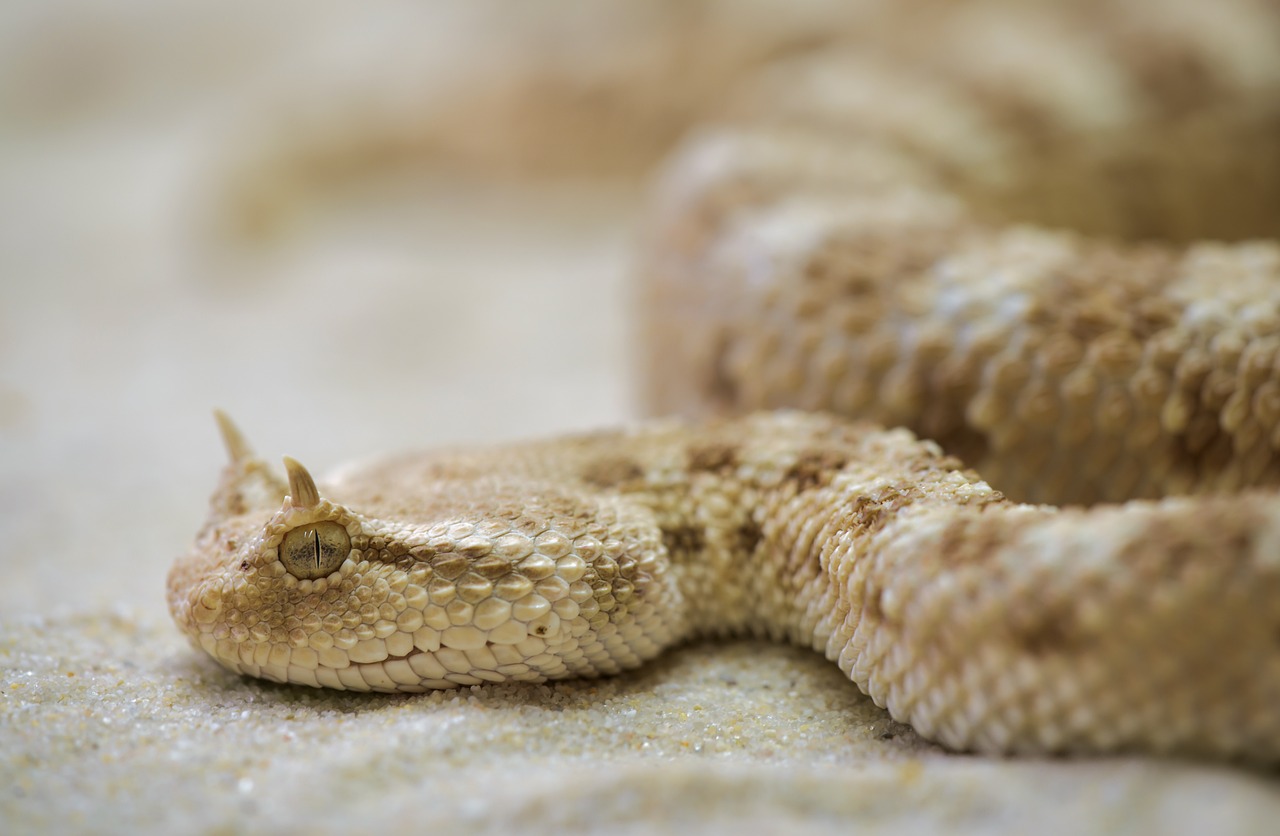
Glass vs. Plastic
When it comes to choosing the right container for your terrarium, the debate between glass and plastic is one that many enthusiasts grapple with. Each material offers its own set of advantages and disadvantages, which can significantly impact the aesthetics and health of your miniature ecosystem. Let's dive into the details!
Glass containers are often favored for their elegant appearance. They provide a crystal-clear view of your plants, allowing you to appreciate the intricate details of your terrarium. Glass is also non-porous, which means it retains moisture well, creating a humid environment that many plants love. However, one downside is that glass can be quite heavy and fragile, making it less ideal for households with pets or young children. Additionally, if you’re planning to place your terrarium in a sunny spot, glass can magnify the heat, potentially leading to overheating for your plants.
On the other hand, plastic containers offer a lightweight and durable alternative. They are less likely to break, making them a safer choice for families. Moreover, plastic is often more affordable and comes in a variety of shapes and sizes, allowing for greater creativity in your designs. However, plastic can be porous, which might lead to quicker evaporation of moisture, requiring more frequent watering. Plus, the clarity of plastic may not match that of glass, which could affect the overall visual appeal of your terrarium.
To help you decide, here’s a quick comparison:
| Feature | Glass | Plastic |
|---|---|---|
| Aesthetics | High clarity, elegant look | Varied designs, less clarity |
| Durability | Fragile, can break easily | Durable, lightweight |
| Moisture Retention | Excellent, non-porous | Variable, can be porous |
| Cost | Generally more expensive | Usually more affordable |
Ultimately, the choice between glass and plastic depends on your personal preferences and the specific needs of your plants. If you’re looking for a stunning display and don’t mind the extra care, glass might be your best bet. However, if you want something practical and robust, plastic could be the way to go. Whichever you choose, remember that the love and attention you give your terrarium will shine through, making it a beautiful addition to your space!
- Can I use any type of glass or plastic? - It's best to use containers specifically designed for terrariums as they provide the right environment for plant growth.
- How do I know if my terrarium needs more light? - If your plants are stretching or leaning towards the light source, they may need more exposure.
- Is it okay to mix glass and plastic in a terrarium? - Yes, you can mix materials, but ensure that they complement each other in terms of aesthetics and plant needs.
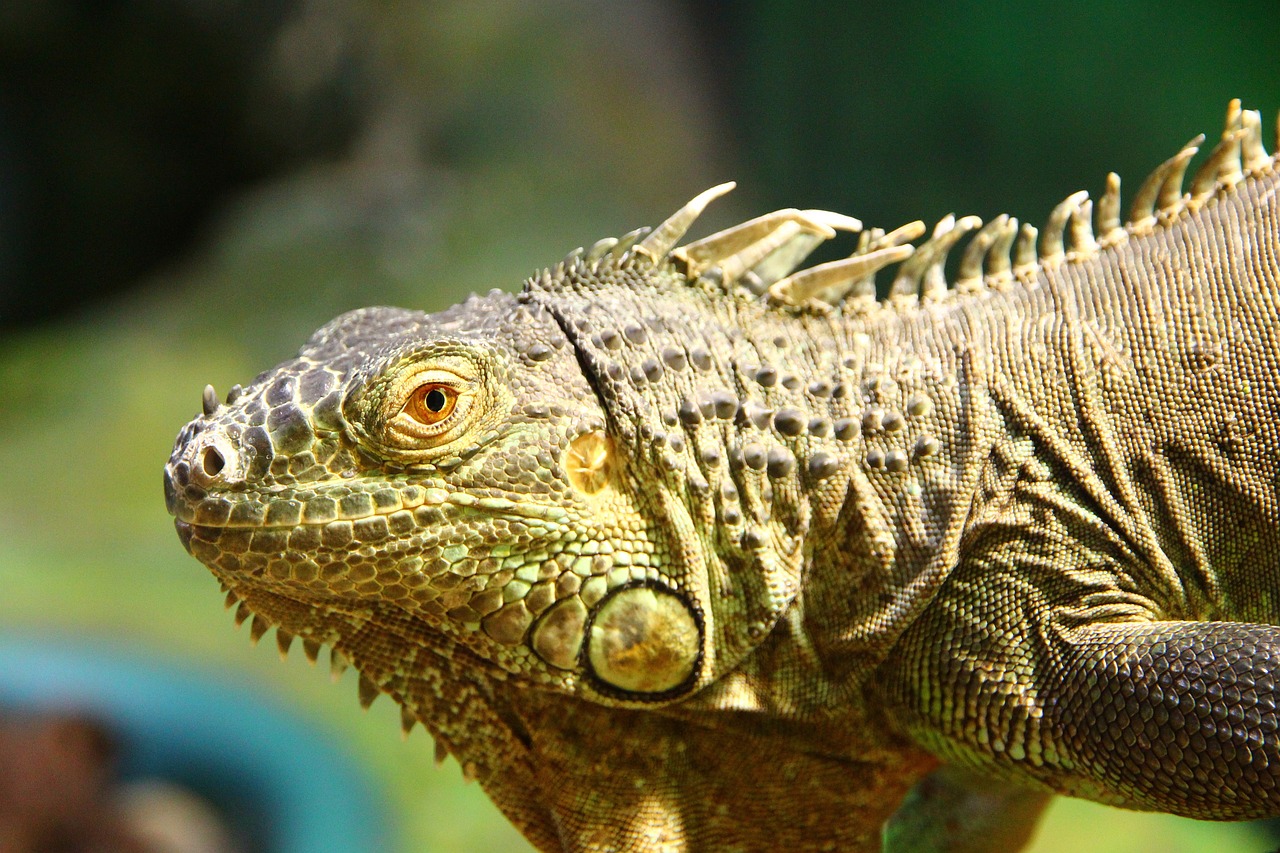
Size Considerations
When it comes to creating a stunning terrarium, the size of your container plays a pivotal role in determining the overall success of your miniature garden. Choosing the right size isn't just about aesthetics; it directly impacts plant selection, growth potential, and the health of your tiny ecosystem. Imagine trying to grow a sprawling fern in a jar that's barely large enough to hold a handful of soil—it's not just impractical, it's a recipe for disaster!
First off, consider the space you have available. If you're limited on room, smaller containers can still create a captivating display, but you'll need to select plants that thrive in tighter quarters. On the other hand, if you have the luxury of space, larger containers can accommodate a more diverse range of plants, allowing you to experiment with different textures, colors, and heights. It's like creating a miniature jungle right in your living room!
Next, think about the types of plants you want to include. Some plants, like succulents, prefer more space to spread their roots, while others, like mosses, can thrive in smaller areas. Here’s a quick comparison to help you visualize:
| Container Size | Ideal Plant Types |
|---|---|
| Small (up to 10 inches) | Moss, small ferns, mini succulents |
| Medium (10-20 inches) | Ferns, small tropical plants, air plants |
| Large (20 inches and above) | Varied ferns, larger succulents, multiple plant types |
Moreover, the size of your container will affect the humidity levels within the terrarium. Closed containers tend to retain moisture, making them suitable for humidity-loving plants, while open containers allow for better air circulation, which is essential for plants that prefer drier conditions. So, if you're dreaming of a lush, tropical vibe, consider going with a larger, closed terrarium that retains heat and moisture—it's like a mini rainforest!
Lastly, don't forget about the maintenance aspect. Larger terrariums might require more effort in terms of watering and pruning, while smaller ones can be easier to manage but may need more frequent attention to prevent overcrowding. Strike a balance that suits your lifestyle and gardening enthusiasm. Remember, the goal is to create a thriving environment that you can enjoy without feeling overwhelmed.
In conclusion, the size of your terrarium container is more than just a stylistic choice; it influences plant selection, growth conditions, and maintenance requirements. By carefully considering these factors, you can create a beautiful and harmonious miniature garden that flourishes and brings joy to your space.
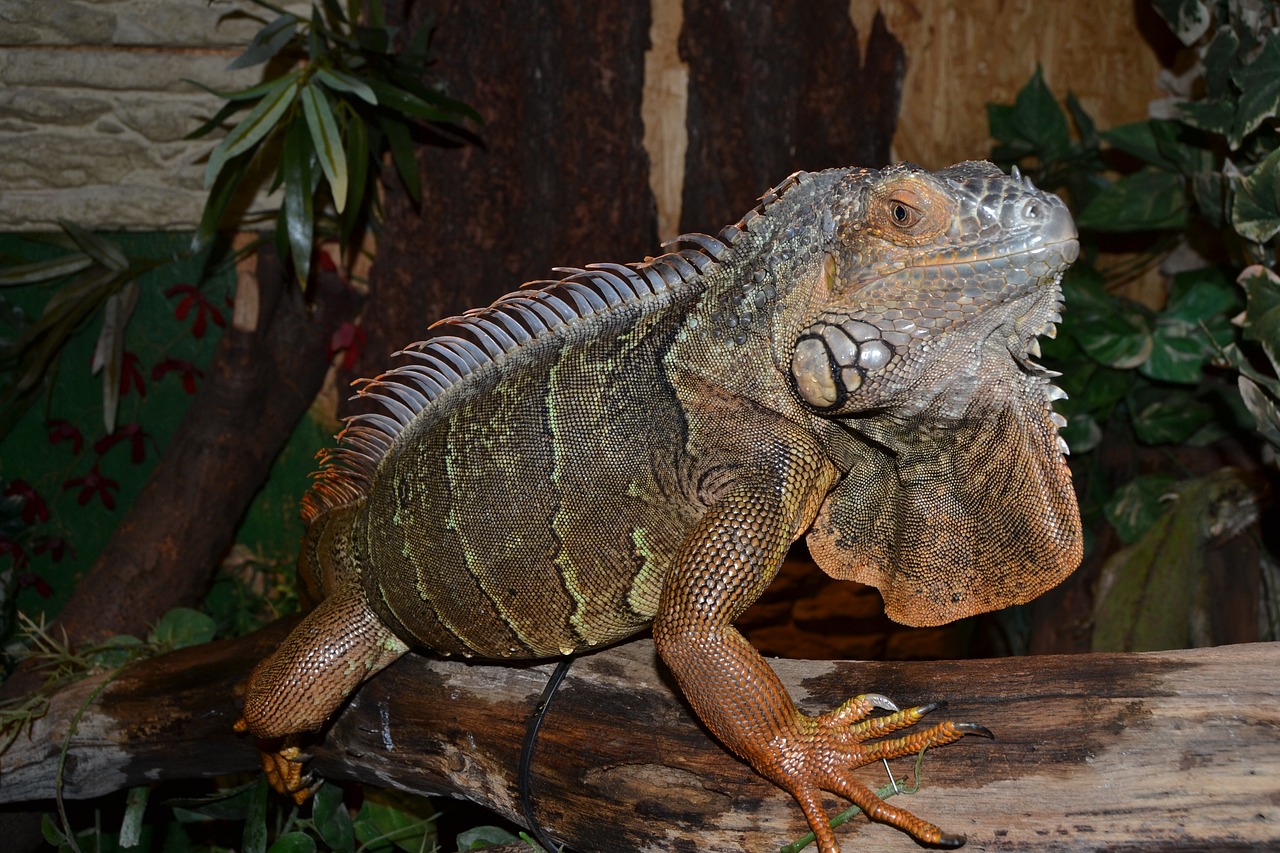
Preparing Your Terrarium Base
Creating a thriving terrarium starts from the bottom up. Just like a house needs a solid foundation, your miniature garden requires a well-prepared base to ensure that your plants flourish. The key to a successful terrarium lies in the layering of materials, which not only supports plant growth but also promotes drainage and prevents root rot. So, let’s dive into the essential components that make up the base of your terrarium.
The first layer is crucial for drainage. You want to ensure that excess water has a place to go, preventing your plants from sitting in soggy soil. For this, you can use small pebbles or gravel. A layer of about an inch is typically sufficient. This layer acts like a sponge, soaking up excess moisture and keeping your plants happy. Imagine it as the terrarium's safety net, catching all that extra water before it can do any harm.
Next comes the activated charcoal. This might sound a bit fancy, but it serves a vital purpose. Activated charcoal helps to filter the air and water in your terrarium, absorbing odors and toxins that could harm your plants. It’s like giving your terrarium a breath of fresh air! A thin layer of about half an inch is usually enough. Spread it evenly over the gravel, ensuring that it covers the entire surface.
After the charcoal, it’s time to add the soil. This is where your plants will take root and grow. Choose a soil mix that is appropriate for the types of plants you are using. For instance, if you’re going with succulents, a well-draining cactus mix is ideal. If you prefer ferns or mosses, a moisture-retaining potting mix will work better. Aim for a layer of about two to three inches, depending on the size of your plants. Think of this layer as the cozy bed where your plants will settle in and thrive.
Now, before we wrap up this section, let’s summarize the layers you need for your terrarium base:
| Layer | Material | Purpose |
|---|---|---|
| 1 | Gravel or Pebbles | Drainage |
| 2 | Activated Charcoal | Odor and toxin absorption |
| 3 | Soil | Plant growth medium |
Once you have these layers in place, you’re well on your way to creating a healthy environment for your plants. Remember, the right base is the foundation of a successful terrarium. It’s like nurturing a friendship; the stronger the foundation, the more likely it is to flourish. So take your time, layer carefully, and soon you’ll be ready to fill your terrarium with beautiful plants!
- What materials do I need to prepare my terrarium base? You will need gravel or pebbles, activated charcoal, and potting soil.
- How deep should each layer be? A good rule of thumb is 1 inch for gravel, 0.5 inches for charcoal, and 2-3 inches for soil, but adjust based on your container size.
- Can I use regular garden soil for my terrarium? It's best to use a soil mix suitable for your specific plants, such as a cactus mix for succulents or a moisture-retaining mix for ferns.
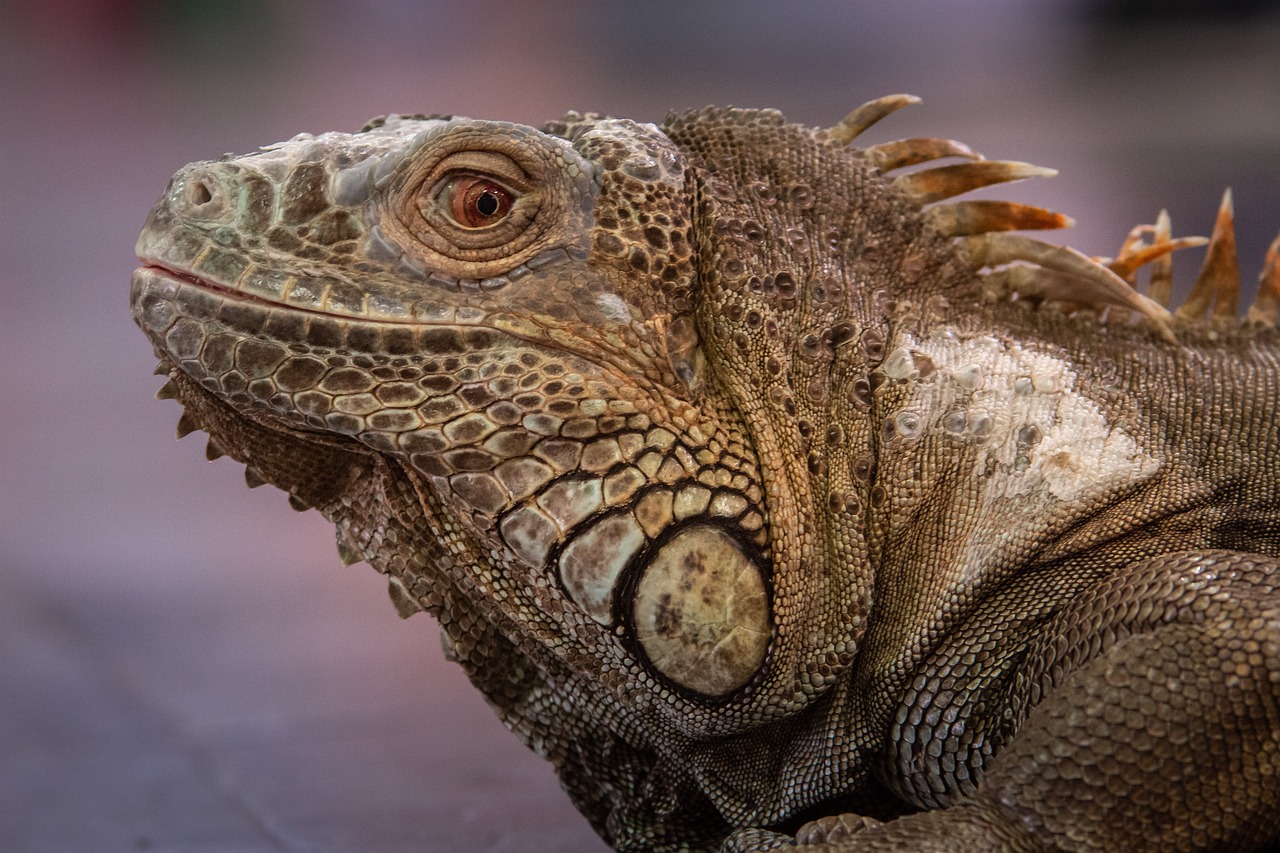
Selecting Plants for Your Terrarium
Choosing the right plants for your terrarium is like picking the perfect cast for a movie; each plant plays a vital role in creating a harmonious ecosystem. The right selection not only enhances the visual appeal but also ensures that your miniature garden thrives. So, what should you consider when selecting plants? First, think about the environment you can provide. Different plants have varying light and moisture requirements, and understanding these needs is crucial for a successful terrarium.
When it comes to plants, there are two broad categories you should focus on: low-light plants and bright-light plants. Low-light plants, such as ferns and certain types of moss, are perfect for shaded or indoor environments where sunlight is scarce. On the other hand, bright-light plants, like succulents and cacti, thrive in sunny spots and can handle the intense light that comes from a window. So, before you start placing plants into your terrarium, take a moment to assess where it will be located. Will it be on a windowsill basking in sunlight, or tucked away in a cozy corner? This decision will guide your plant selection.
Now, let’s dive deeper into the types of plants you can choose. Here’s a quick overview:
| Plant Type | Light Requirement | Care Level |
|---|---|---|
| Ferns | Low Light | Easy |
| Succulents | Bright Light | Moderate |
| Moss | Low Light | Easy |
| Cacti | Bright Light | Easy |
Additionally, plant compatibility is essential. Just like people, plants have personalities too! Some plants thrive in humid environments, while others prefer drier conditions. Pairing plants with similar care requirements can prevent competition for resources and ensure that everyone flourishes. For instance, if you’re considering a mix of ferns and succulents, it’s best to keep them in separate terrariums or ensure that the conditions meet the needs of both plant types.
Lastly, don’t forget about the aesthetic aspect! Mixing different textures, colors, and heights can create a visually appealing landscape within your terrarium. Think of it as designing a small garden where every element complements the others. You might want to add decorative stones, driftwood, or small figurines to enhance the overall look. Remember, your terrarium is a reflection of your creativity and style!
- Can I use any type of plant in my terrarium? Not all plants are suitable for terrariums. It’s vital to choose plants that thrive in similar conditions.
- How often should I water my terrarium plants? This depends on the plants you choose and the environment. Generally, check the soil moisture before watering.
- Can I use artificial plants in my terrarium? Yes, if you prefer low maintenance, artificial plants can be a great option!
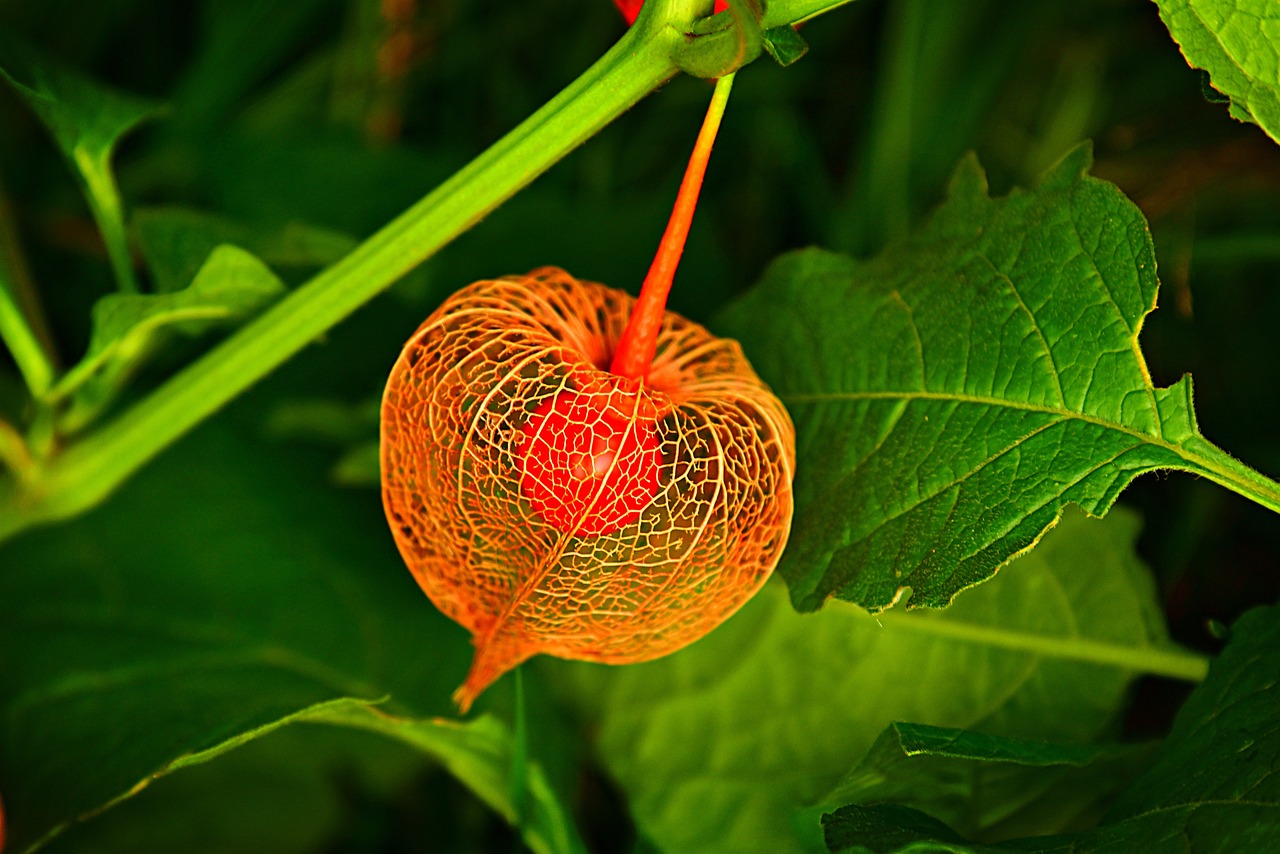
Low-Light vs. Bright-Light Plants
When it comes to creating a stunning terrarium, one of the most critical decisions you'll make is selecting the right plants. The choice often boils down to two main categories: low-light and bright-light plants. Understanding the differences between these two types can significantly influence the health and aesthetics of your miniature garden. So, what exactly defines these categories?
Low-light plants are those that thrive in less-than-ideal lighting conditions. They are perfect for spaces that receive minimal sunlight, such as corners of rooms or areas with filtered light. These plants have adapted to survive in shaded environments, making them excellent choices for terrariums that may not have direct access to bright light. Some popular low-light options include ferns, snake plants, and pothos. These plants not only add lush greenery to your terrarium but also require less maintenance, making them ideal for beginners.
On the flip side, bright-light plants flourish in sunny spots and require more direct sunlight to thrive. These plants often exhibit vibrant colors and robust growth, thanks to their ability to photosynthesize efficiently in bright conditions. If your terrarium is placed near a window or in a well-lit area, consider incorporating plants like succulents, cacti, and air plants. They bring a different texture and dynamic to your terrarium, but they also come with specific care requirements, such as increased watering frequency and attention to humidity levels.
To help you visualize the differences, here's a simple comparison:
| Plant Type | Light Requirements | Examples | Care Level |
|---|---|---|---|
| Low-Light Plants | Indirect or filtered light | Ferns, Snake Plants, Pothos | Easy |
| Bright-Light Plants | Direct sunlight | Succulents, Cacti, Air Plants | Moderate |
When choosing between low-light and bright-light plants, consider the location of your terrarium and how much natural light it receives throughout the day. If you have a bright spot, don’t shy away from those sun-loving plants; they can create a vibrant and lively atmosphere. Conversely, if your space is a bit dimmer, low-light plants will ensure your terrarium remains lush and healthy without the risk of wilting or fading.
In conclusion, the choice between low-light and bright-light plants can make or break your terrarium experience. By understanding their needs and how they interact with their environment, you can create a thriving miniature garden that not only looks beautiful but also brings a touch of nature indoors.
Q: Can I mix low-light and bright-light plants in the same terrarium?
A: It's generally not recommended to mix low-light and bright-light plants in the same terrarium, as their light and moisture needs can conflict. However, if you ensure that each plant's requirements are met—such as placing the bright-light plants near the light source—you could create a diverse ecosystem.
Q: How can I tell if my plants are not getting enough light?
A: Signs that your plants may not be getting enough light include yellowing leaves, leggy growth (stretched out stems), and a general lack of vigor. If you notice these symptoms, consider relocating your terrarium to a brighter spot or switching to low-light varieties.
Q: How often should I rotate my terrarium to ensure even light distribution?
A: It's a good idea to rotate your terrarium every few weeks to ensure all plants receive equal light exposure. This helps prevent uneven growth and keeps your plants looking balanced and healthy.
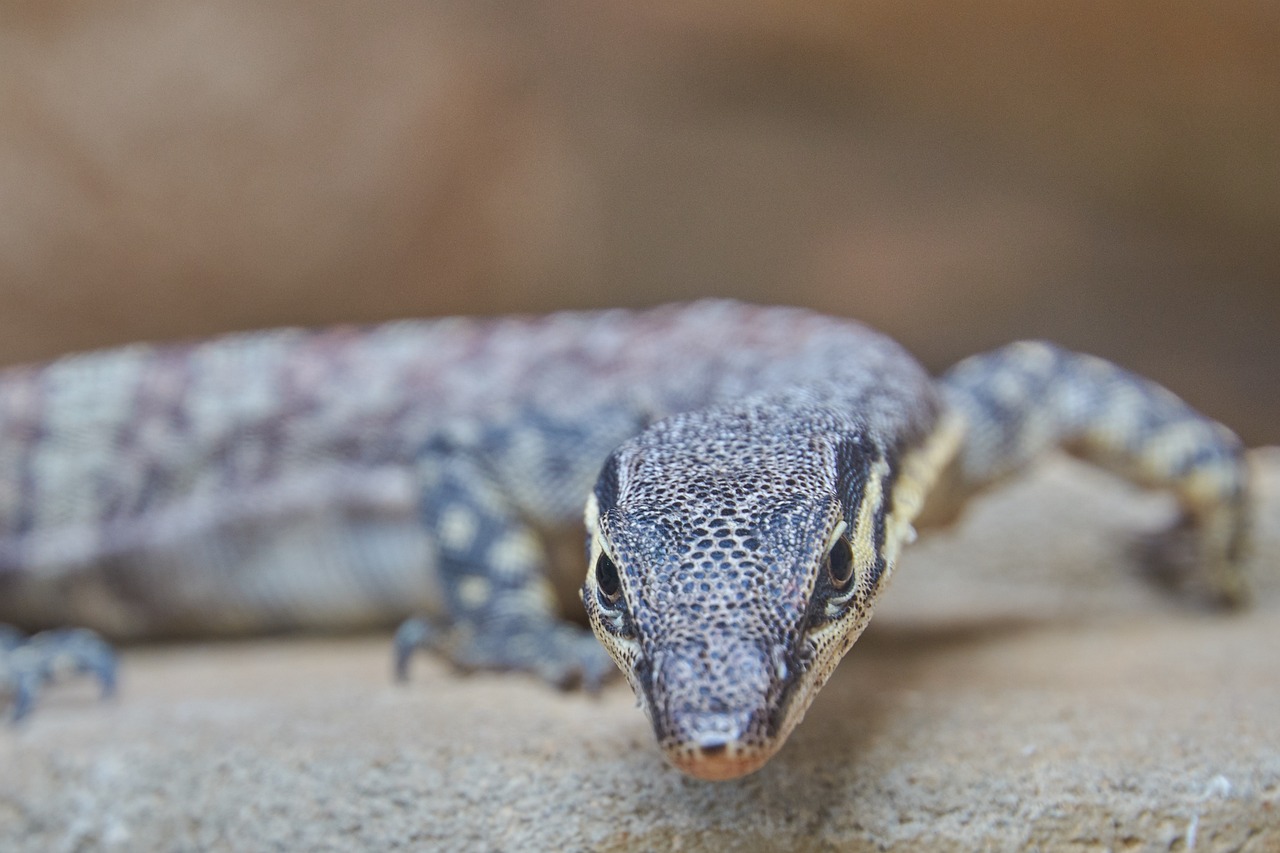
Plant Compatibility
When it comes to creating a thriving terrarium, understanding is absolutely essential. Imagine your terrarium as a miniature ecosystem, where each plant plays a unique role, much like instruments in a symphony. If you choose plants that harmonize well together, you'll create a vibrant, healthy environment. But if you mix incompatible species, it could lead to a chaotic mess, with some plants thriving while others wither away. So, how do you ensure that your plant choices complement each other?
First, consider the light requirements of your plants. Some plants, like ferns, prefer low-light conditions, while others, such as succulents, thrive in bright, direct sunlight. If you place a shade-loving fern alongside a sun-seeking succulent, the fern will likely struggle to get the light it needs, leading to a sad, droopy plant. To avoid this, group plants with similar light needs together. You might opt for a combination like:
- Low-Light Plants: Ferns, mosses, and certain tropical plants.
- Bright-Light Plants: Succulents, cacti, and some flowering species.
Next, you need to think about water requirements. Overwatering is a common pitfall in terrarium care, so pairing plants with similar moisture needs is crucial. For instance, if you combine a moisture-loving plant like a peace lily with a drought-tolerant succulent, you'll likely end up with one happy plant and one that’s struggling to survive. A good rule of thumb is to keep plants that enjoy similar watering schedules together. You can categorize them as:
| Watering Needs | Plant Examples |
|---|---|
| High Moisture | Ferns, Pothos, and Fittonia |
| Moderate Moisture | Spider Plant, Peace Lily |
| Low Moisture | Succulents, Cacti |
Lastly, consider the growth habits of your plants. Some plants, like creeping fig, can be quite aggressive and may overrun slower-growing species if not monitored closely. When selecting plants, try to pair slower-growing plants with others that have a similar growth rate to maintain balance. You wouldn’t want a towering plant overshadowing a delicate ground cover, right? This balance is key to creating a visually appealing terrarium that remains healthy over time.
In summary, the secret to a successful terrarium lies in careful planning and consideration of your plants' needs. By ensuring that your plants are compatible in terms of light, water, and growth habits, you’ll create a harmonious environment that not only looks stunning but also thrives. So, take your time, do a little research, and enjoy the process of crafting your miniature garden!
- Can I mix different types of plants in my terrarium? Yes, you can mix different types of plants, but ensure they have similar light and water requirements for the best results.
- How do I know if my plants are compatible? Research each plant's needs regarding light, water, and growth habits, and choose those that align closely.
- What should I do if one plant is overtaking the others? Prune the aggressive plant regularly to keep the balance in your terrarium.
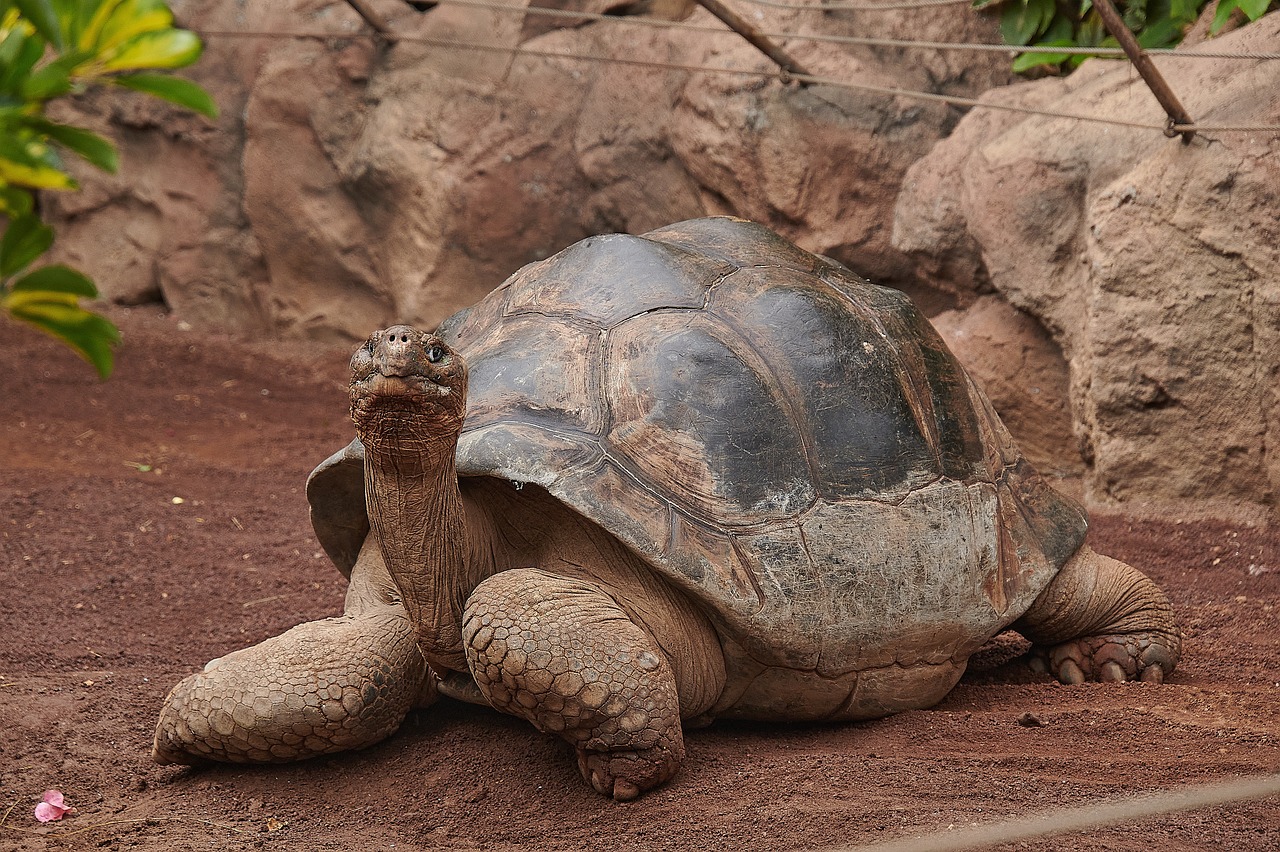
Maintaining Your Terrarium
Maintaining your terrarium is like nurturing a tiny, self-sustaining world that thrives on your care. Just as a gardener tends to their plants, you need to keep an eye on your miniature ecosystem to ensure it remains vibrant and healthy. Regular maintenance is essential, and it can be both simple and rewarding. Think of it as a delightful ritual, where each visit to your terrarium is a chance to witness the magic of nature up close.
One of the first things to consider in your maintenance routine is watering. Overwatering is a common pitfall for many terrarium enthusiasts. Since terrariums are enclosed environments, excess water can lead to mold and root rot. To avoid this, always check the soil moisture before adding more water. A good rule of thumb is to stick your finger into the soil; if it feels dry an inch down, it’s time for a drink. On the flip side, if the soil feels damp, hold off on watering for a few days. This simple technique can help you maintain the right balance and keep your plants thriving.
Next, let's talk about pruning. As your plants grow, they may become overcrowded or start to outgrow their space. Regularly trimming back any overzealous growth not only keeps your terrarium looking tidy but also promotes healthier plants. Use clean, sharp scissors to snip away dead leaves or stems, and don’t hesitate to remove any plants that are struggling to adapt to the terrarium environment. Remember, in the world of terrariums, less can often be more!
Now, while you’re tending to your plants, it’s also wise to keep an eye out for pests. Just like any garden, terrariums can attract unwanted visitors. Common pests include aphids, spider mites, and fungus gnats. If you notice any signs of infestation—like tiny webs or discolored leaves—act quickly! You can often remove pests by gently wiping the affected areas with a damp cloth or using a mild insecticidal soap. For more stubborn pests, consider introducing beneficial insects like ladybugs, which can help keep the bad guys in check.
To make your maintenance routine even easier, consider creating a maintenance schedule. This can be as simple as jotting down reminders on your calendar or using an app on your phone. Here’s a quick overview of what your schedule might look like:
| Task | Frequency |
|---|---|
| Watering | Every 1-2 weeks (check soil moisture) |
| Pruning | As needed (every few weeks) |
| Pest Check | Weekly |
By staying on top of these tasks, you can ensure that your terrarium remains a thriving oasis of life. Remember, each terrarium is unique, so pay attention to how your plants respond to your care. With a little love and attention, your miniature garden will flourish, bringing you joy and a slice of nature right into your home.
- How often should I water my terrarium? It depends on the type of plants you have, but generally, every 1-2 weeks is a good starting point.
- Can I use regular garden soil in my terrarium? It's best to use a well-draining potting mix designed for terrariums to avoid water retention issues.
- What should I do if my plants are growing too tall? Regular pruning will help keep your plants at a manageable height and promote bushier growth.
- How can I prevent mold from growing in my terrarium? Ensure good air circulation, avoid overwatering, and use activated charcoal in your layers to help absorb excess moisture.
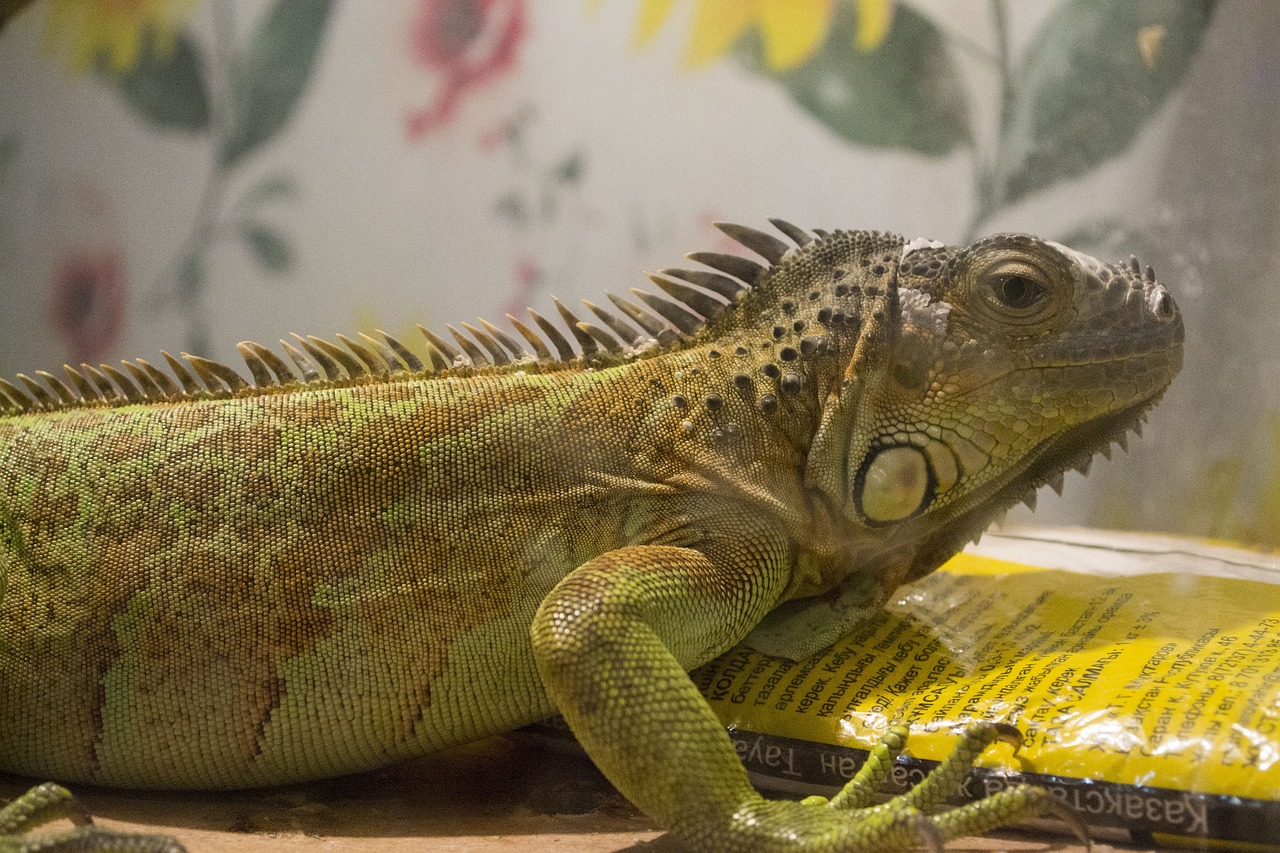
Watering Techniques
When it comes to watering your terrarium, striking the right balance is crucial. Too much water can lead to mold and root rot, while too little can leave your plants parched and wilting. So, how do you find that sweet spot? First, consider the type of plants in your terrarium. For instance, succulents and cacti thrive in drier conditions, requiring less frequent watering compared to ferns and mosses, which prefer a more humid environment.
A good rule of thumb is to check the soil moisture before watering. You can do this by sticking your finger about an inch into the soil. If it feels dry, it’s time to water. However, if it’s still damp, hold off for a few days. This method not only helps prevent overwatering but also encourages your plants to develop strong root systems as they search for moisture.
When you do water, aim for the base of the plants rather than watering from above. This technique minimizes the risk of mold growth on the leaves and ensures the water reaches the roots where it’s needed most. You can use a small watering can or even a spray bottle for better control. Just remember, less is often more when it comes to terrarium care.
For those who want to be more precise, consider using a moisture meter. This handy tool takes the guesswork out of watering by providing a clear reading of the soil's moisture level. With a moisture meter, you can easily determine when your plants need a drink, ensuring they remain healthy and vibrant.
Another important aspect to consider is the environment where your terrarium is placed. If it’s in a bright spot with plenty of sunlight, you may need to water more frequently, as the heat can dry out the soil quickly. Conversely, if it’s in a cooler, shadier location, watering will be less frequent. Observing your terrarium over time will help you develop a watering schedule that suits your specific setup.
Lastly, be mindful of the time of year. During the growing season (spring and summer), your plants will likely need more water as they actively grow. In contrast, during the dormant months (fall and winter), your plants will require less water. Adjusting your watering routine according to the seasons can make a significant difference in the health of your terrarium.
| Plant Type | Watering Frequency | Soil Moisture Level |
|---|---|---|
| Succulents/Cacti | Every 2-3 weeks | Dry |
| Ferns | Weekly | Moist |
| Mosses | Every 5-7 days | Consistently moist |
By following these watering techniques, you can create a thriving ecosystem within your terrarium that not only looks beautiful but also remains healthy and vibrant. Remember, the key is to observe, adapt, and enjoy the process of nurturing your miniature garden.
- How often should I water my terrarium? It depends on the type of plants you have. Generally, succulents need watering every 2-3 weeks, while ferns may require weekly watering.
- Can I use tap water for my terrarium? Yes, but it's best to let tap water sit for 24 hours to allow chlorine to dissipate before using it.
- What should I do if I notice mold in my terrarium? Reduce watering and increase air circulation. You can also remove any affected plants to prevent the spread of mold.
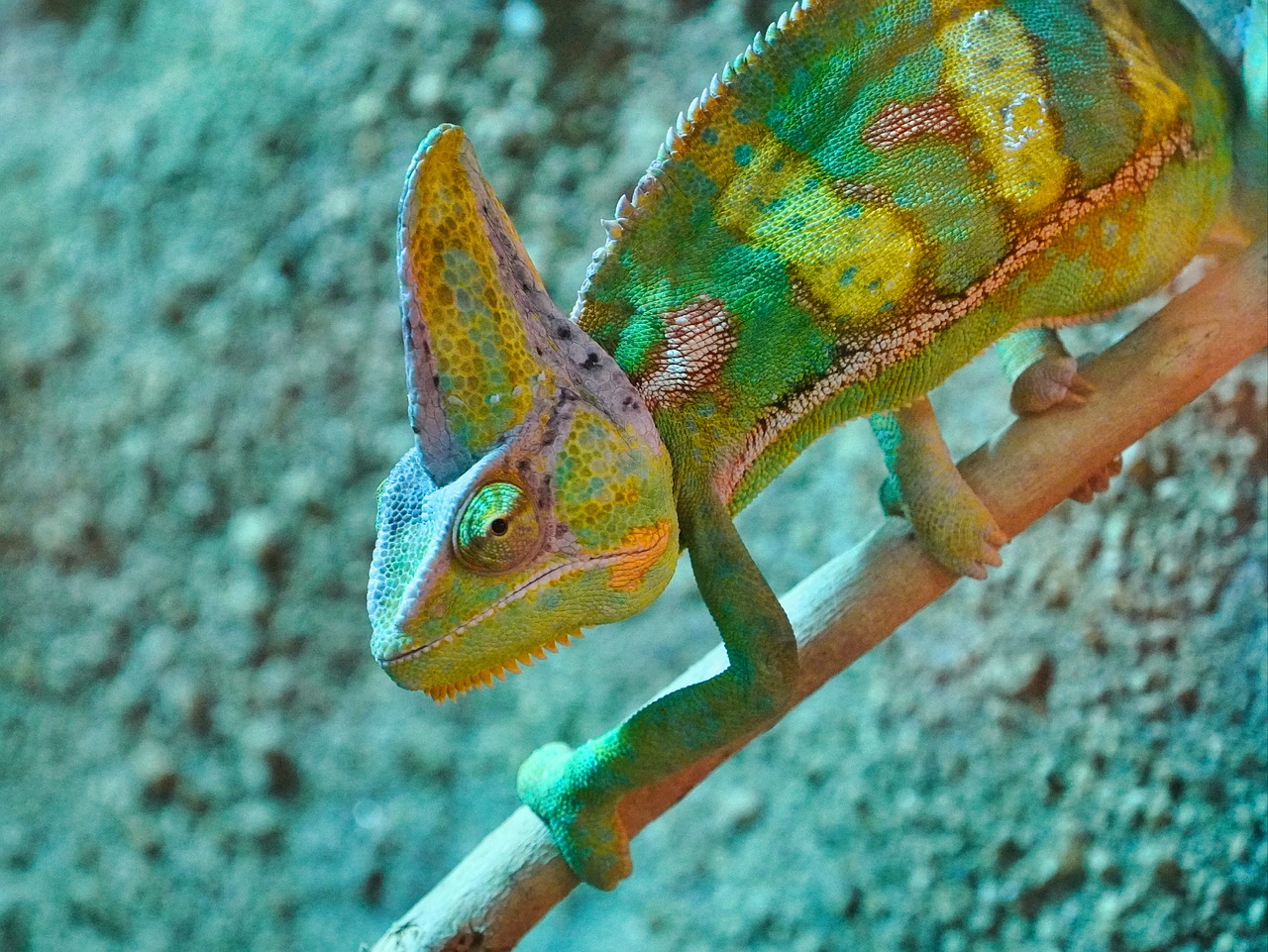
Dealing with Pests
Maintaining a terrarium can be a delightful experience, but it can also come with its own set of challenges, particularly when it comes to dealing with pests. Just like a well-tended garden, a terrarium can attract unwanted guests, such as aphids, mealybugs, and fungus gnats. These pests can wreak havoc on your miniature ecosystem, so it's essential to be vigilant and proactive. The good news is that with a few simple strategies, you can keep these nuisances at bay and ensure your plants thrive.
First and foremost, prevention is your best ally. When setting up your terrarium, always start with healthy plants. Inspect them thoroughly for any signs of pests before introducing them to your new environment. This is akin to screening potential roommates before moving in together—if they come with baggage, it could lead to trouble down the line!
In addition to starting with clean plants, consider using a natural insect repellent or organic pest control methods. For instance, a mixture of water and a few drops of mild dish soap can be an effective way to combat soft-bodied pests. Simply spray this solution on the affected areas of your plants, taking care not to overdo it, as too much moisture can lead to mold growth. If you notice pests lingering despite your efforts, you might want to resort to introducing beneficial insects, such as ladybugs or predatory mites, which can help keep the pest population in check.
Another critical aspect of pest management is regular monitoring. Make it a habit to check your terrarium weekly. Look for signs of distress in your plants, such as yellowing leaves or webbing, which can indicate a pest problem. Early detection is key—just like catching a cold before it turns into the flu, addressing pest issues promptly can save you a lot of hassle down the road.
If you do encounter a pest problem, don’t panic! Here’s a quick table summarizing some common pests and their solutions:
| Pest | Signs | Solution |
|---|---|---|
| Aphids | Sticky residue on leaves, curled leaves | Spray with soapy water; introduce ladybugs |
| Mealybugs | White cotton-like clusters on plants | Remove with a cotton swab dipped in alcohol |
| Fungus Gnats | Small flies around the soil | Let the soil dry out; use yellow sticky traps |
Lastly, remember that patience is key. Sometimes, it may take a little while for your pest control methods to show results. Continue to care for your plants, and don’t hesitate to adjust your strategies as needed. Think of it as a dance—you might need to change your steps to keep in rhythm with your plants’ needs. In the end, a little diligence will go a long way in keeping your terrarium healthy and vibrant.
Q: How often should I check my terrarium for pests?
A: It's best to check your terrarium at least once a week. Early detection is crucial for effective pest management.
Q: Can I use chemical pesticides in my terrarium?
A: It’s generally advised to avoid chemical pesticides in terrariums, as they can harm the delicate ecosystem. Opt for natural methods instead.
Q: What should I do if I find pests on my plants?
A: Remove the affected plant if possible, treat it with soapy water, and monitor the rest of your terrarium for any signs of infestation.
Q: Are there any plants that are more resistant to pests?
A: Generally, plants like succulents and certain ferns tend to be more resilient. However, all plants can be susceptible to pests, so regular monitoring is important.
Frequently Asked Questions
- What is a terrarium?
A terrarium is a miniature garden enclosed in a transparent container, usually made of glass or plastic. It creates a self-sustaining ecosystem that can thrive indoors, offering a unique way to bring nature into your home. Think of it as a tiny world where plants can flourish under the right conditions!
- How do I choose the right container for my terrarium?
Choosing the right container is crucial for your terrarium's success. You can opt for glass jars, bowls, or specialized terrarium kits. Consider factors like size, shape, and whether you want an open or closed design, as these will affect humidity levels and plant growth.
- What types of plants are best for terrariums?
When selecting plants, consider low-light options like ferns and mosses for closed terrariums, or bright-light plants like succulents for open designs. It's essential to pair plants with similar care needs to ensure they thrive together in your miniature ecosystem.
- How do I maintain my terrarium?
Regular maintenance includes watering, pruning, and checking for pests. Be careful not to overwater your plants; a good rule of thumb is to check the soil moisture before adding more water. Pruning helps control growth and keeps your terrarium looking tidy.
- What are some common pests in terrariums, and how can I manage them?
Common pests include fungus gnats and aphids. To manage them, you can use natural remedies like neem oil or introduce beneficial insects like ladybugs. Keeping your terrarium clean and ensuring proper air circulation can also help prevent pest infestations.
- Can I use plastic containers for my terrarium?
Absolutely! Plastic containers can be lightweight and durable options for terrariums. However, they may lack the aesthetic appeal of glass. Just make sure they have proper drainage and ventilation to create a healthy environment for your plants.
- How often should I water my terrarium?
The frequency of watering depends on the types of plants you have and the conditions of your terrarium. Generally, you should check the soil every couple of weeks. If it feels dry an inch below the surface, it's time to add some water!



















